Bitter melon—also known as bitter gourd or Momordica charantia—is a unique fruit-vegetable prized in Asian, African, and Caribbean cuisines. Known for its medicinal properties, notably in diabetes management and digestion, bitter melon has carved a niche in global markets. Despite its bitter taste, global demand continues to grow thanks to its health benefits and use in traditional medicine. This article explores the largest bitter melon exporters worldwide, highlighting export trends, leading countries, and what makes them global players in this vibrant market.
Global Overview of Bitter Melon Trade
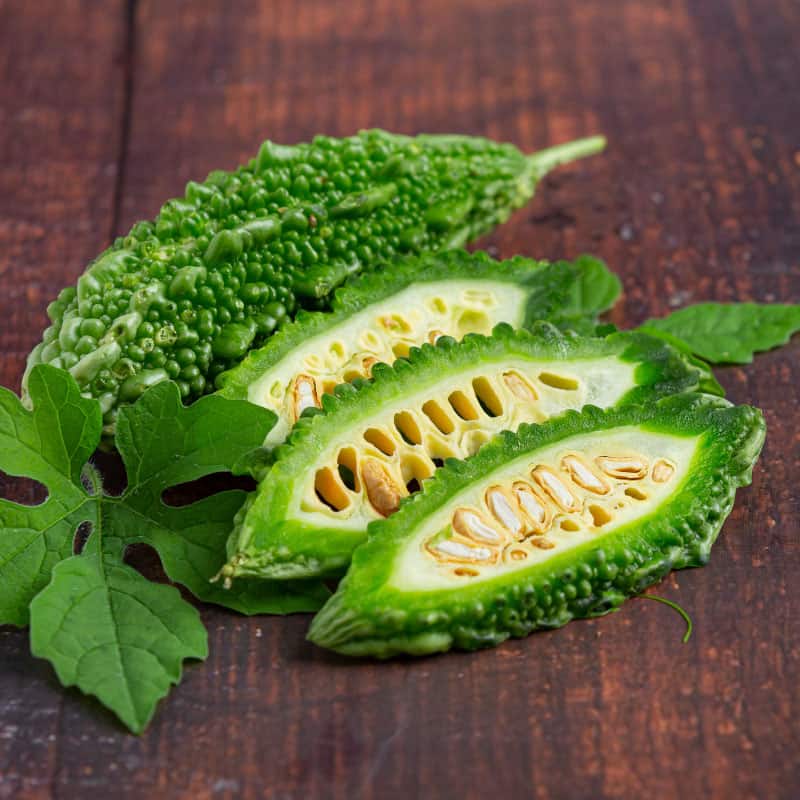
Bitter melon production thrives in warm, tropical, and subtropical regions. Countries in Asia dominate cultivation, but global exports are shaped by factors like quality, volume, pricing, and trade agreements. The global bitter melon trade has experienced steady growth due to increasing interest in organic and health-supportive vegetables.
- Main Uses: Culinary ingredient, herbal medicine, dietary supplements.
- Top Importers: USA, Canada, UAE, UK, and Germany.
- Export Forms: Fresh, frozen, dried, and powdered.
1. India – The Undisputed Bitter Melon Export Giant
India leads the world in bitter melon exports, contributing a significant share to global supply.
- Annual Export Volume: Over 40,000 metric tons
- Key Export Markets: UAE, Saudi Arabia, UK, Canada, and the US
- Strengths:
- Wide climatic zones for year-round cultivation
- Affordable labor and high-yield hybrid varieties
- Government initiatives to boost horticultural exports
India’s bitter melon varieties such as Pusa Do Mausami and Priya are globally appreciated for their shelf life and flavor profile. India’s strong logistic links and APEDA (Agricultural and Processed Food Products Export Development Authority) support help maintain its dominance.
2. China – High-Volume Producer with Expanding Export Reach
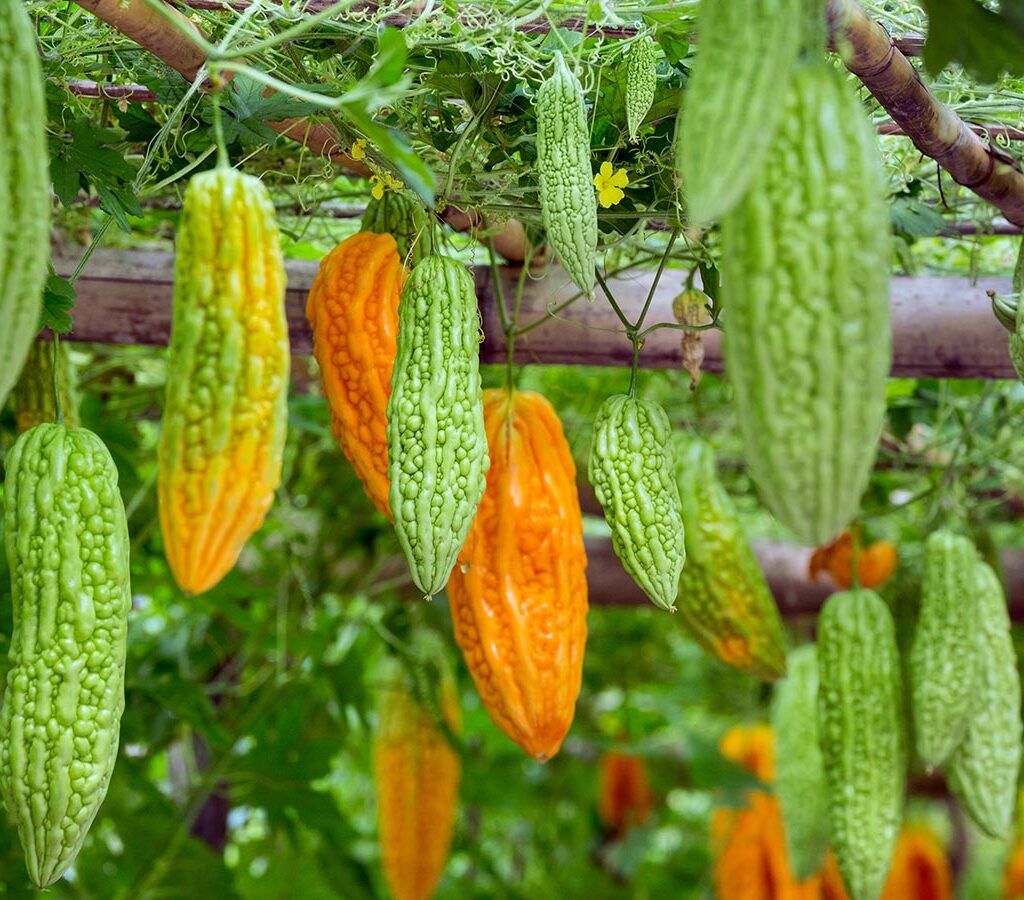
China is the second-largest exporter of bitter melon, benefiting from its massive domestic production.
- Annual Export Volume: Estimated 20,000–25,000 metric tons
- Primary Markets: Japan, South Korea, the US, and Russia
- Strengths:
- Advanced agricultural techniques and greenhouse farming
- Extensive land under cultivation
- Export of both fresh and processed bitter melon
Chinese exporters are increasingly focusing on organic certification and compliance with international food safety standards, boosting their appeal in Europe and North America.
3. Vietnam – A Fast-Growing Contender in Bitter Melon Exports
Vietnam has gained recognition for its quality produce and emerging presence in global markets.
- Annual Export Volume: 10,000–15,000 metric tons
- Top Destinations: Japan, China, Australia, and the US
- Highlights:
- Favorable climate for bitter melon farming
- Increasing investments in post-harvest technology
- Government push for GAP (Good Agricultural Practices) adoption
Vietnamese bitter melon is known for its relatively mild bitterness and tender texture, making it appealing for a wider palate.
4. Thailand – Traditional Grower with Niche Varieties
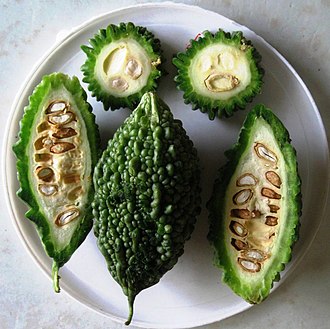
Thailand is known for its unique bitter melon varieties often used in soups and stuffed dishes.
- Annual Export Volume: 8,000–10,000 metric tons
- Primary Export Targets: Japan, the Middle East, and the US
- Advantages:
- Deep-rooted culinary and agricultural expertise
- Promotion of organic farming techniques
- Strong agro-tourism sector helping rural economies
Thailand’s Ministry of Agriculture has also introduced support programs for farmers to increase yield and export quality.
5. Philippines – Emerging Exporter with High Potential
Though not a top exporter in terms of volume, the Philippines is gaining attention for its sustainable practices and premium quality bitter melon.
- Annual Export Volume: 3,000–5,000 metric tons
- Key Markets: Middle East, US, and Australia
- Competitive Edge:
- Government-backed “High-Value Crops” program
- Community-based farming systems
- Integration with organic and fair-trade networks
Filipino bitter melon (known locally as ampalaya) is also increasingly being used in nutraceuticals, boosting non-fresh exports.
Other Noteworthy Exporters
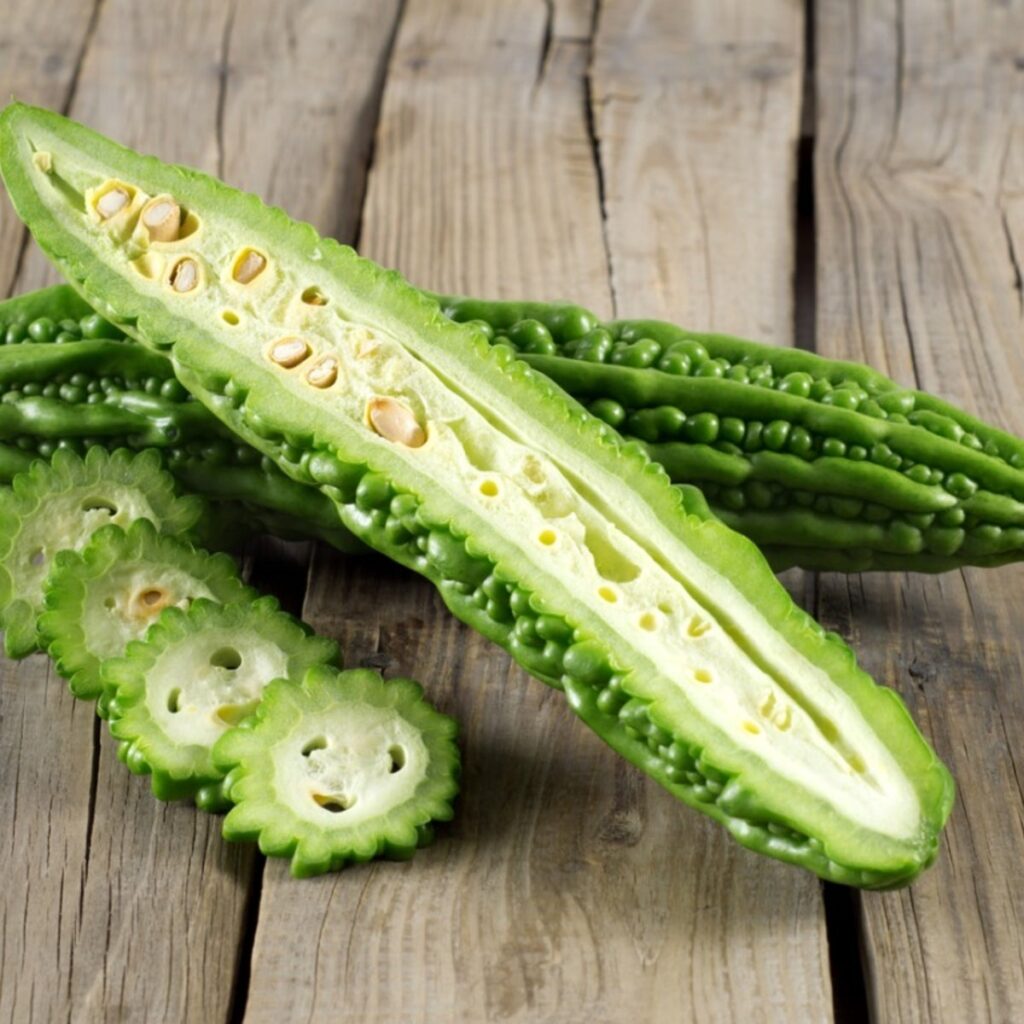
- Bangladesh: Exports moderate volumes mainly to Gulf countries and the UK.
- Pakistan: Targets nearby markets like UAE and Oman with fresh bitter melon.
- Mexico: A small but growing exporter to the US, thanks to proximity and NAFTA/USMCA.
- Kenya: Recently entered European markets with organically grown bitter melon.
Major Export Trends
- Rise in Organic Demand:
Health-conscious consumers are driving up demand for organic bitter melon, especially in Europe and North America. - Value-Added Products:
Exports of powdered, dried, and capsule-form bitter melon are increasing for use in dietary supplements and traditional medicine. - Tech-Enabled Farming:
Use of precision farming, greenhouse cultivation, and hydroponics is improving quality and extending shelf life in countries like China and Vietnam. - Export-Oriented Cultivation:
Contract farming and export-focused cooperatives are on the rise, especially in India and Thailand, improving traceability and compliance with food safety norms.
Top Importing Countries of Bitter Melon
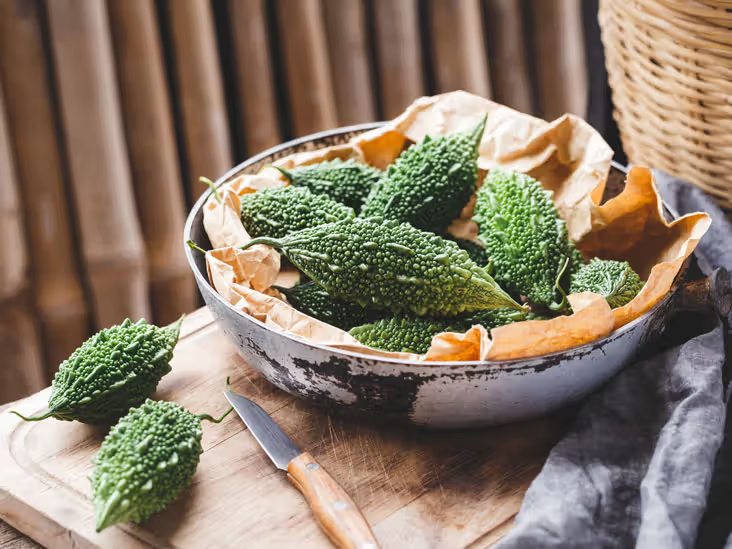
| Country | Key Source Countries | Main Usage |
|---|---|---|
| United States | India, Mexico, Vietnam | Ethnic cuisine, supplements |
| Canada | India, China | Grocery retail, frozen segment |
| UAE | India, Pakistan, Thailand | Fresh market, hotel sector |
| UK | India, Bangladesh | South Asian community demand |
| Germany | China, Vietnam | Health food stores, supplements |
Challenges in Bitter Melon Export
- Short Shelf Life: High perishability limits long-distance shipping without cold chain systems.
- Pest and Disease Issues: Susceptibility to viral and fungal diseases can reduce export-grade yield.
- Export Compliance: Meeting global standards like GlobalGAP, organic certifications, and MRL (Maximum Residue Limits) is resource-intensive.
- Market Volatility: Prices fluctuate due to overproduction or import restrictions, affecting small-scale exporters.
Future Outlook
The future of bitter melon exports looks promising. As more consumers seek functional foods and traditional remedies, demand for bitter melon will likely expand. Nations investing in:
- Controlled-environment agriculture
- Global food safety certification
- Cold storage and logistics
- Value-added product diversification
…will be better positioned to lead global markets.
Conclusion
From India’s vast fields to Vietnam’s precision farms and China’s innovative greenhouses, bitter melon export is a growing global business. The combination of cultural relevance, health value, and improving production techniques ensures that bitter melon will remain a sought-after export crop. As nations refine their agricultural strategies, the landscape of top exporters may evolve, but the core players—India, China, Vietnam, Thailand, and the Philippines—are set to shape the global bitter melon market for years to come.

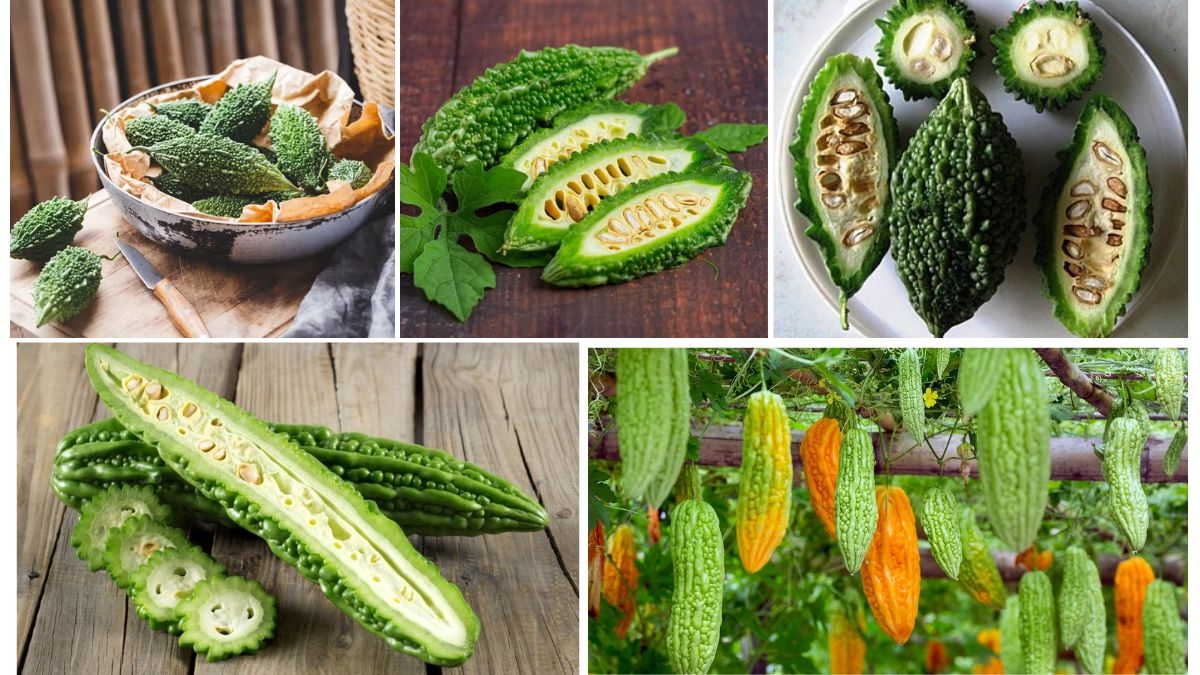





Leave A Comment